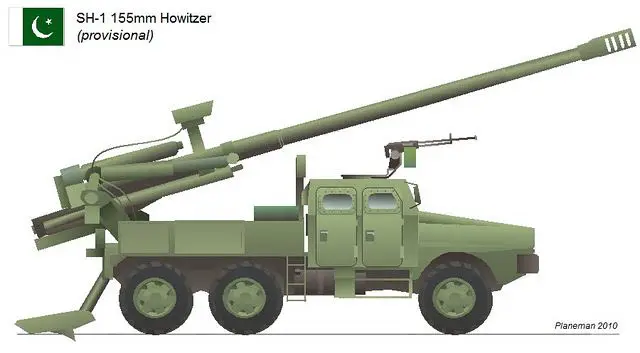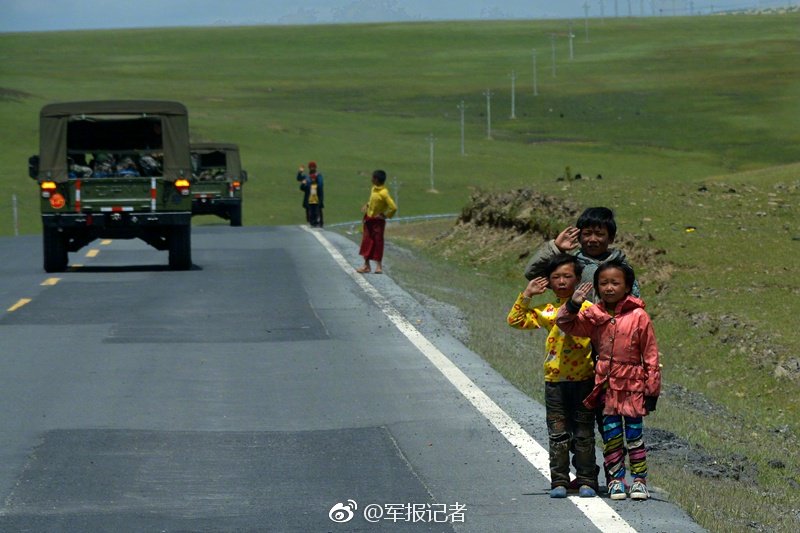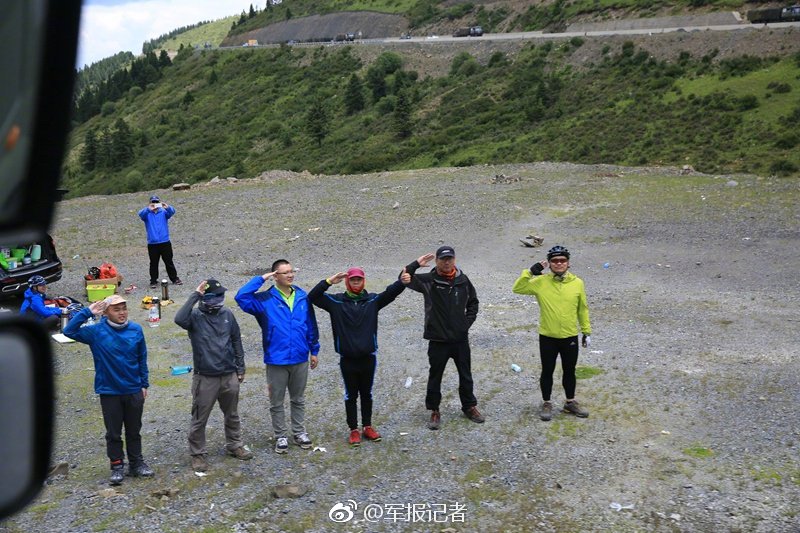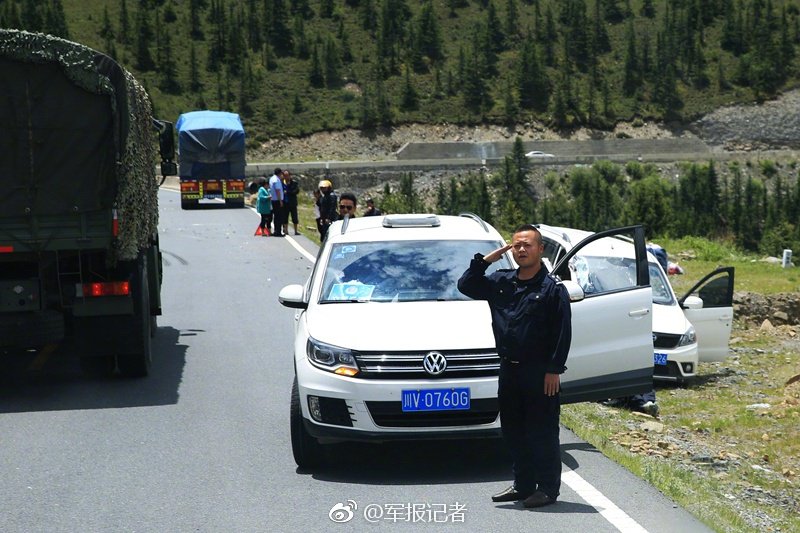Hendrik_2000
Lieutenant General
SH1 Wheeled self-propelled howitzer 155mm

Description
Armament
Mounted at the rear of the SH1 is the complete upper part of the 155-mm / L5 towed artillery system. It is compatible with all standard 155-mm NATO ammunition, as well as ammunition developed by NORINCO. Before opening fire, a large spade is lowered to the ground at the rear of the chassis to provide a more stable firing platform. In road position, the gun is held in a travel lock. The 155mm howitzer of SH1 can fire a full range of ammunition as Extended-Range, Full-Bore, Rocket-Assisted, High-Explosive (ERFB-RA/HE) and Extended-Range Full-Bore, Base-Bleed, High-Explosive (ERFB-BB/HE). When using the ERFB-BB/HE round, the howitzer can reach a maximum range of 53km. The howitzer can also fire the 155mm semi-active laser-guided projectile developed by NORINCO based on the Russian Instrument Design Bureau (KBP) 152mm Krasnopol projectile. The howitzer barrel is electric-operated, with an elevation from 0 - 70 degrees and a traverse of 20°. For its self-defence and anti-aicraft, the secondary armament consists of a 12.7 QJC88 anti-aircraft mm machine gun mounted to the right side on the top of the crew compartment.
Design and protection
The SH1 is equipped with an armour cabin mounted at the front of the vehicle. The cab is of welded steel armour and provides protection from small arms fire up to 7.62 mm in calibre and shell splinters.
Propulsion
The SH1 is based on a WS5252 6 × 6 cross-country truck which is designed and manufactured by Wanshan Special Vehicle Chinese Company.
Accessories
The SH1 is equipped with a computerised fire-control system, with a muzzle velocity sensor which feed the data directly to the fire-control computer. The artillery system is equipped with navigation, positioning, targeting, and communications systems, all of which adopt the modular design for easy maintenance and upgrade. The onboard communication system enables the artillery system to be connected into the C4ISR network of an artillery company or battalion for information sharing and automated command and control.
Specifications
Armament
One 155mm howitzer and one 12.7mm machine
gun.
Country users
Pakistan, Myanmar
Designer Country
China
Accessories
Computerised fire control system, navigation system, communication systems, C4ISR network
Crew
5 soldiers
Armor
Protection against small arms firing and shell splinters.
Weight
22,500 kg
Speed
90 km/h maximum road speed
Range
600 km
a
Dimensions
Length, 9.68 m; Width, 2.58 m; Height, 3.50 m



Description
Armament
Mounted at the rear of the SH1 is the complete upper part of the 155-mm / L5 towed artillery system. It is compatible with all standard 155-mm NATO ammunition, as well as ammunition developed by NORINCO. Before opening fire, a large spade is lowered to the ground at the rear of the chassis to provide a more stable firing platform. In road position, the gun is held in a travel lock. The 155mm howitzer of SH1 can fire a full range of ammunition as Extended-Range, Full-Bore, Rocket-Assisted, High-Explosive (ERFB-RA/HE) and Extended-Range Full-Bore, Base-Bleed, High-Explosive (ERFB-BB/HE). When using the ERFB-BB/HE round, the howitzer can reach a maximum range of 53km. The howitzer can also fire the 155mm semi-active laser-guided projectile developed by NORINCO based on the Russian Instrument Design Bureau (KBP) 152mm Krasnopol projectile. The howitzer barrel is electric-operated, with an elevation from 0 - 70 degrees and a traverse of 20°. For its self-defence and anti-aicraft, the secondary armament consists of a 12.7 QJC88 anti-aircraft mm machine gun mounted to the right side on the top of the crew compartment.
Design and protection
The SH1 is equipped with an armour cabin mounted at the front of the vehicle. The cab is of welded steel armour and provides protection from small arms fire up to 7.62 mm in calibre and shell splinters.
Propulsion
The SH1 is based on a WS5252 6 × 6 cross-country truck which is designed and manufactured by Wanshan Special Vehicle Chinese Company.
Accessories
The SH1 is equipped with a computerised fire-control system, with a muzzle velocity sensor which feed the data directly to the fire-control computer. The artillery system is equipped with navigation, positioning, targeting, and communications systems, all of which adopt the modular design for easy maintenance and upgrade. The onboard communication system enables the artillery system to be connected into the C4ISR network of an artillery company or battalion for information sharing and automated command and control.
Specifications
Armament
One 155mm howitzer and one 12.7mm machine
gun.
Country users
Pakistan, Myanmar
Designer Country
China
Accessories
Computerised fire control system, navigation system, communication systems, C4ISR network
Crew
5 soldiers
Armor
Protection against small arms firing and shell splinters.
Weight
22,500 kg
Speed
90 km/h maximum road speed
Range
600 km
a
Dimensions
Length, 9.68 m; Width, 2.58 m; Height, 3.50 m







